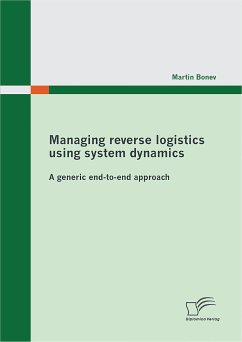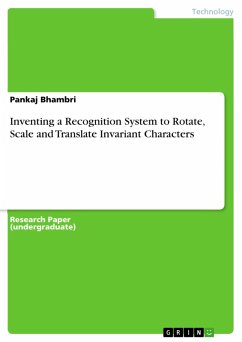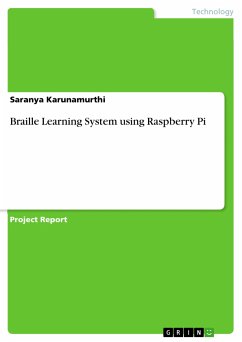As legislations have become stricter and the competition on markets is getting stronger, companies facing return flows strive for the implementation of efficient and cost-effective reverse logistic procedures. At the same time, when managing reverse logistics, they are not only confronted with a high degree of uncertainties concerning the quality, quantity and timing or the product returns, but also with a dynamically changing environment. Various aspects, such the increasing amount of return flows, shorter repair and lead times as well as increasing disposal costs, affect the reverse logistic system and need to be managed proficiently. Additionally, handling product returns requires supportive computer aided modelling tools that are capable of handling the dynamic and complex characteristics of the reverse logistic system and allow an improved estimation of the impact of a changing environment and management decisions. For the purpose of this study, the system dynamics modelling approach has been identified as particularly suitable for illustrating the system in question with a special focus on understanding the dynamic behaviour over time. A generic system dynamics model has been exemplarily created and simulated using the program iThink. The model comprises end-to-end processes of the main reverse logistic activities related to customer returns and has been used for studying the strategic design and optimization of the reverse logistic system. In order to consider relevant uncertainties as well as environmental concerns and economic efficiency, representative policies have been applied where, inter alia, with the help of the graphical illustration of the processes, effective strategies could be implemented. A general evaluation of the system dynamics methodology has revealed the significant advantages of using supportive modelling techniques for strategic decision making. Particularly for complex systems that change over time, such as reverse logistics, applying appropriate computer aided modelling tools in order to anticipate the overall effect on processes caused by varying surroundings has proven essential. An effective utilization of system dynamics may significantly reduce the forecasting and planning risks within individual frameworks, such as capacity planning. Moreover, the generic approach allows the application of the model to any other industry that is characterized by uncertain capacity utilization and varying technical, economical and legal conditions.









